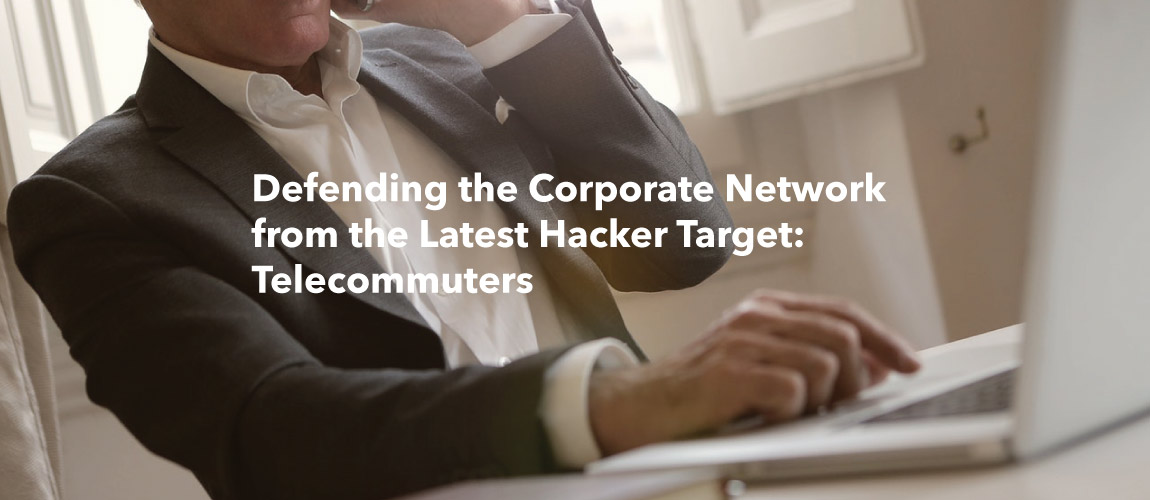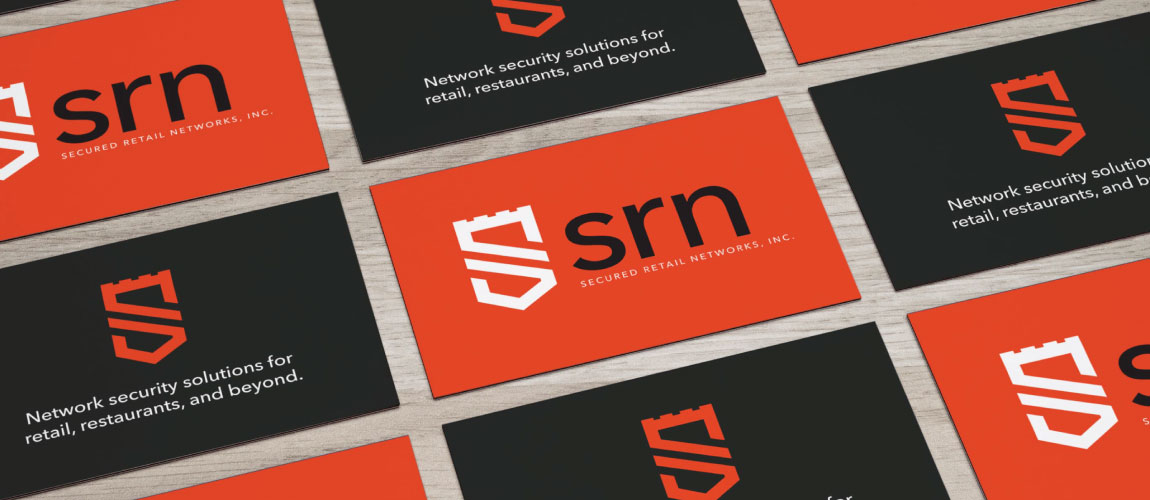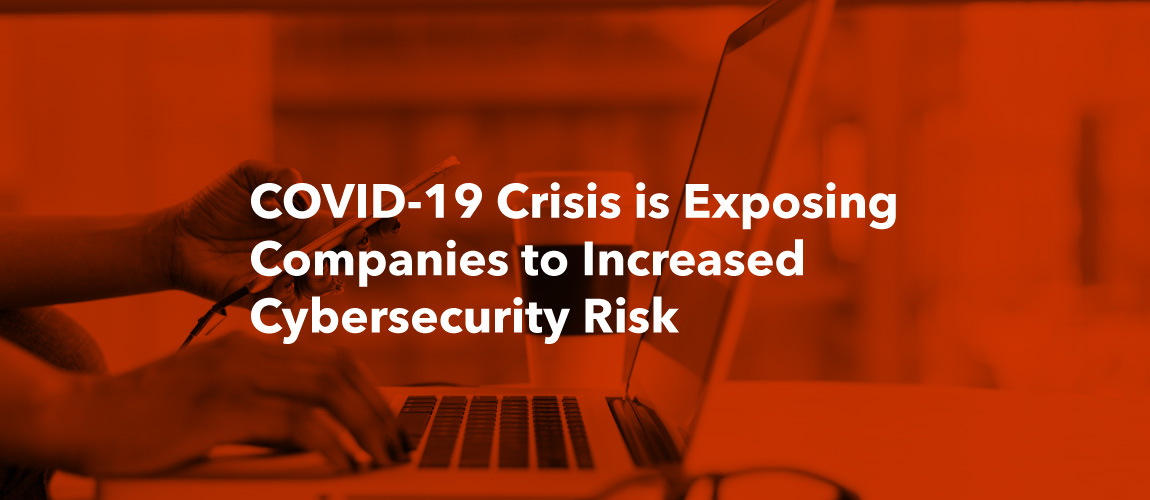
Without a doubt, there is a worldwide shift happening.
While workers across the globe head back to the office as COVID-19 restrictions ease, many of us are still working from our makeshift home offices. Even those headed back to the office are working more flexible schedules, opting to spend one or two days a week working from home.
With a large portion of our workforce working remotely, hackers are targeting corporate networks via vulnerable populations of telecommuters. Even when the globe eventually recovers from the pandemic, there will be a sustained trend toward remote work options.
Consider the following:
- At the start of the U.S. lockdown in March, phishing and counterfeit websites had increased 265% from January.
- More than 80% of users recently surveyed claimed awareness of COVID-19 phishing scams, yet 24% clicked on a link from an unknown sender.
- Users of Microsoft’s Remote Desktop Protocol (RDP) face a constant stream of known vulnerabilities that can sometimes be aggravated by poorly-implemented VPNs.
We’ve rounded up some recent articles to help you find answers to your remote worker security issues. And, as always, we are here to help. Contact us if you have any questions. We are happy to answer questions and advise on solutions for our partners Fortinet, Cradlepoint, Aruba, Cisco, and more.
- CISO Mag: Safeguarding Your Networks and Applications from the Risks of Remote Work with VPNs and RDP
- CISO Mag: Remote Working: Are You Really Secure?
- IS Buzz News: Security From Home: Protecting A Self-isolated Workforce
- SDXCentral: Cradlepoint Partners With AT&T, Puts the ‘Branch in a Box’
- SDX Central: Exploding Security Perimeter, Remote Worker Ramp Spotlights SD-WAN Limits
- WSJ: Companies Battle Cybersecurity Risks of Having More Remote Workers
- Fortinet: Secure Telework: Addressing the Needs of Your Remote Super Users





